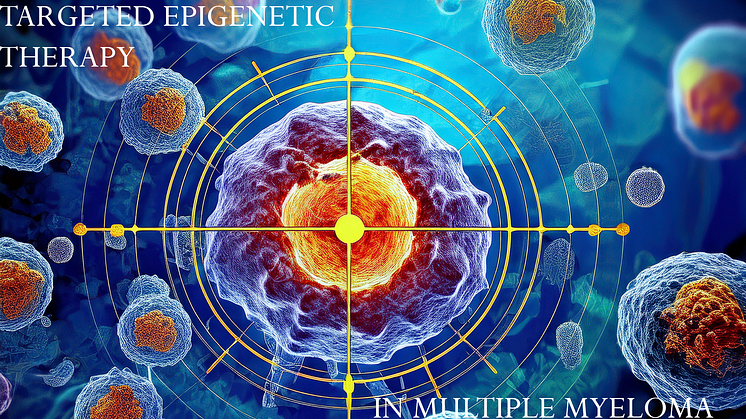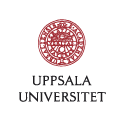
Press release -
Drug combination shows promising anti-tumour effects on blood cancer cells
Researchers at Uppsala University have identified a promising therapeutic approach for the challenging blood cancer multiple myeloma. In a new preclinical study, they demonstrate that a dual treatment with drugs that inhibit epigenetic regulation reduces tumour growth and induces cancer cell death.
Multiple myeloma is a cancer in the bone marrow which is challenging to treat and that despite the progress in novel therapeutic development, remains incurable. The disease is genetically and clinically heterogeneous and it is characterized by rapid expansion of the kind of immune cells that produce antibodies.
In multiple myeloma, epigenetic alterations, i.e. modifications of the genome that are not caused by direct mutations, are important. Such alterations of the cancer cells’ DNA, lead to activation or inhibition of genes that subsequently influence the growth of the cells.
In the present study, the researchers have studies two proteins involved in epigenetic regulation that have previously been implicated in multiple myeloma pathogenesis and associated with poor patient outcomes. When they tested inhibiting these proteins they could reduce cancer cell growth.
“The proteins we focused on are called G9a and DNMTs. We treated cultivated both cancer cells and primary patient samples with two different drug substances that inhibit these proteins. We found that this significantly reduced cell viability and induced apoptosis – programmed cell death. The combination therapy also led to a notable decrease in the levels of critical oncoproteins, says Patrick Nylund, postdoctoral researcher at the Department of Immunology, Genetics and Pathology and one of the study’s first authors.
The researchers also investigated how a dual treatment with the G9a and DNMTs inhibitors affected tumours in a mouse model. Here they found a synergistic effect of the treatments, i.e. the reduction in tumour growth was larger following the dual treatment than the predicted additive effect of separate treatments. The dual inhibition also activated a cluster of tumour suppressor genes and a broad range of apoptosis-associated genes, further contributing to the anti-tumour effect.
“Our research offers important insights into how G9a and DNMTs cooperate to mediate gene silencing through epigenetic mechanisms in multiple myeloma. This study is the first preclinical evidence to support the therapeutic potential of simultaneously targeting both DNMTs and G9a. This is exciting for the development of new therapeutic strategies for this challenging disease,” says Professor Helena Jernberg Wiklund, who has led the study.
The study was performed by a collaborative team from Uppsala University and Karolinska Institutet in Sweden, Vrije Universiteit Brussel in Belgium, and Hospital Clinic and ICREA in Barcelona, Spain.
Nylund et al. (2025) Dual targeting of G9a and DNMTs induces anti-tumour effects in multiple myeloma, Blood Advances, doi: https://doi.org/10.1182/blooda...
Contact:
Helena Jernberg Wiklund, helena.jernberg_wiklund@igp.uu.se
Patrick Nylund, patrick.nylund@igp.uu.se
Topics
Categories
Founded in 1477, Uppsala University is the oldest university in Sweden. With more than 50,000 students and 7,500 employees in Uppsala and Visby, we are a broad university with research in social sciences, humanities, technology, natural sciences, medicine and pharmacology. Our mission is to conduct education and research of the highest quality and relevance to society on a long-term basis. Uppsala University is regularly ranked among the world’s top universities. www.uu.se
